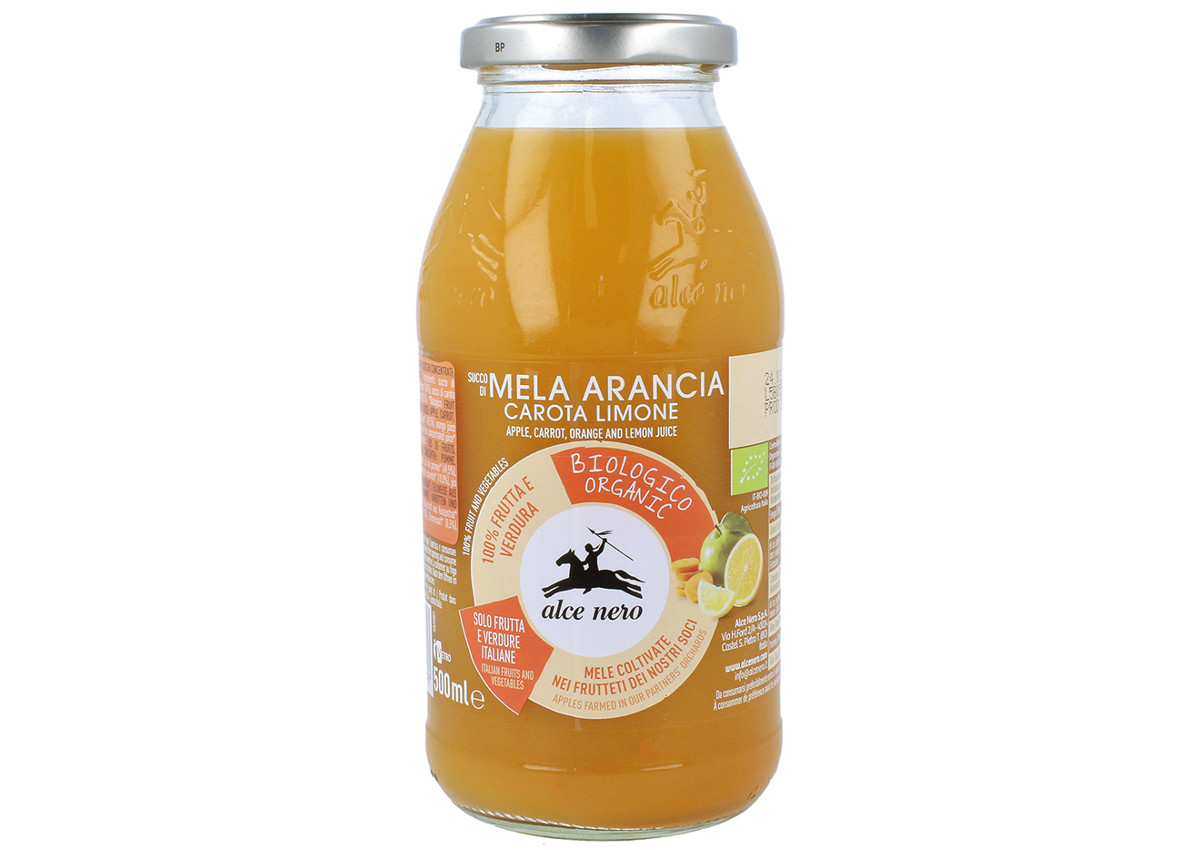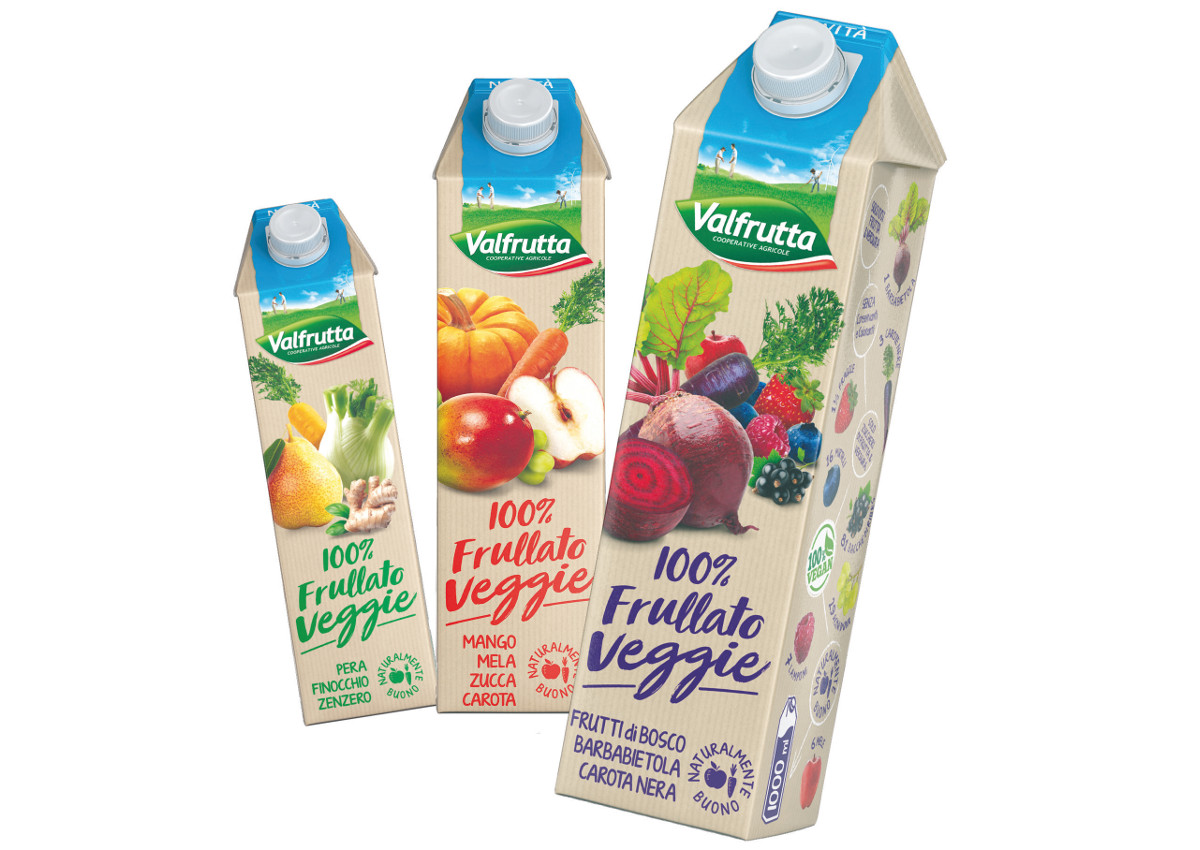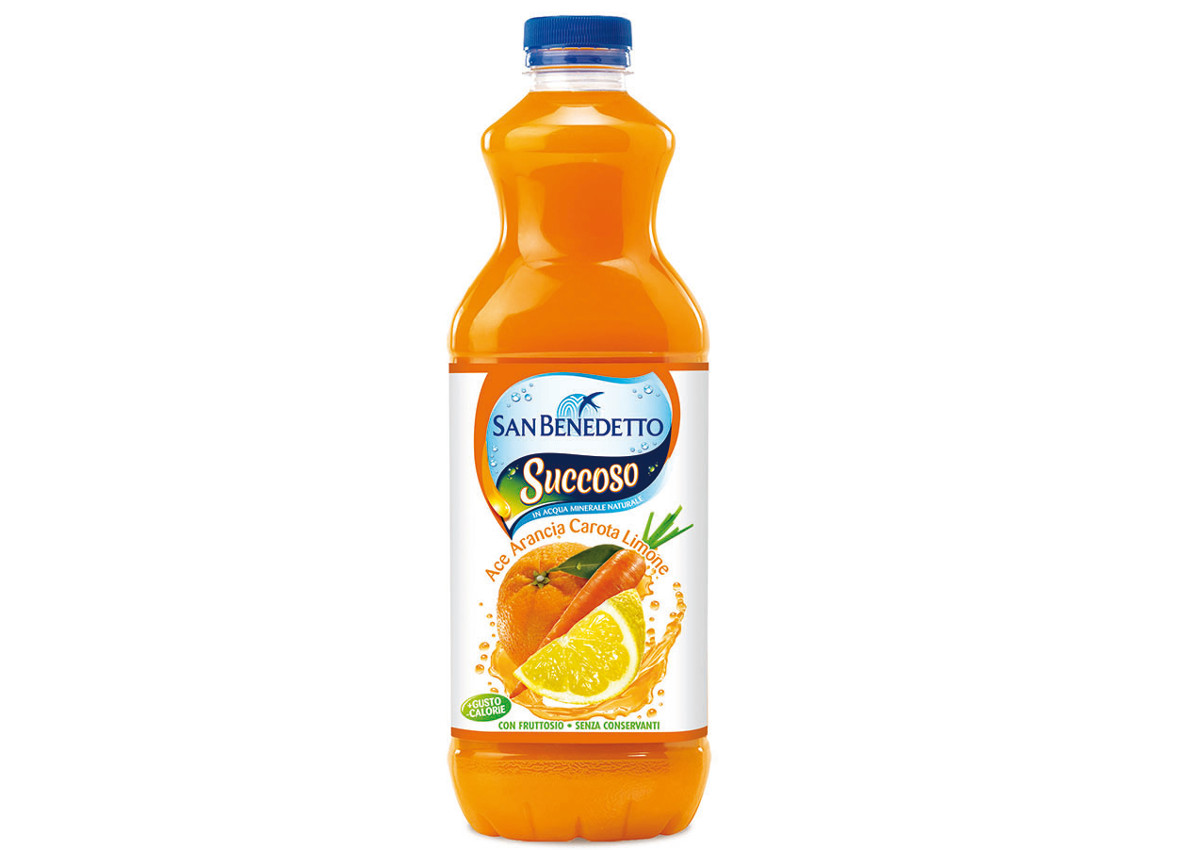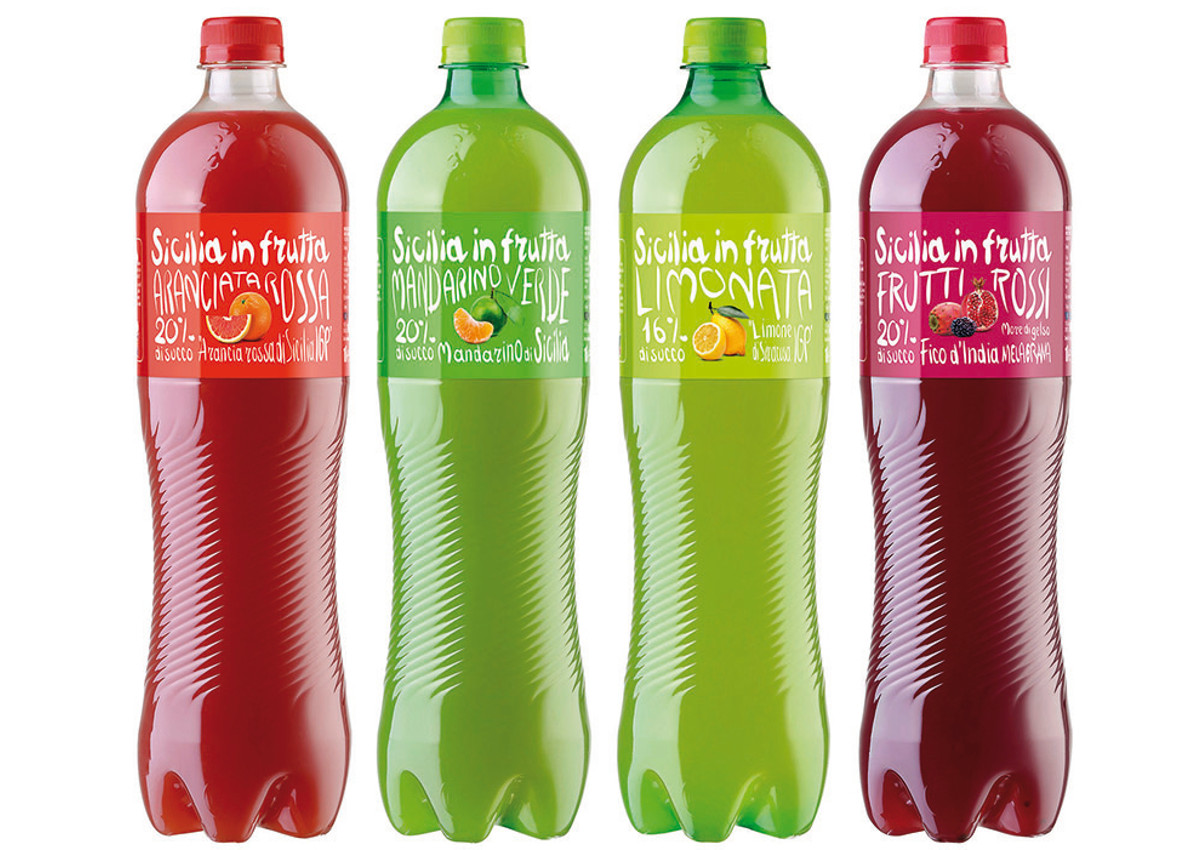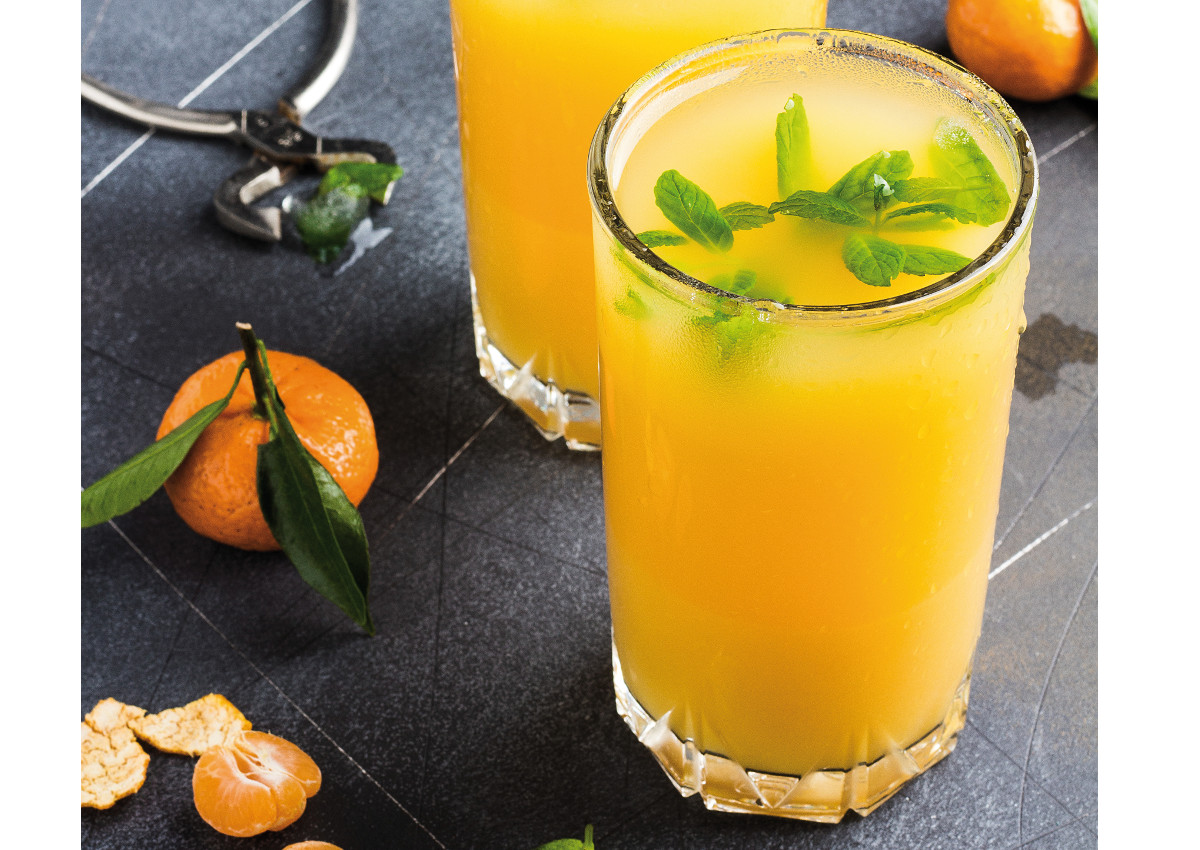
Players in the fruit juice sector have long been pursuing a strategy to adapt to new health trends. This has led to the development and launch of new products, like organic juices, functional and Nfc (Not from Concentrate juices) that are geared towards meeting the needs of the health-conscious consumer. It is a new opportunity for a mature market that in some cases is also being scrutinized for the sugar content. The market’s driving aspect is linked to purchases that reward the quality of the raw material, even if they have a higher base price per liter. The ones that work best are innovative, environmentally friendly products, with a high percentage of fruit and a low presence of added sugars, fewer calories, of certified origin and controlled raw material.
Fruit juice products will contain 20% more orange only in Italy
Some months ago, the European Union’s regulation under article 17 of the law n. 161/2014 has come into effect. By virtue of the latter, non-alcoholic drinks produced in Italy and sold as orange juice or referring to the fruit, must have a juice content of not less than 20 grams per 100 ml or an equivalent quantity of concentrated or dehydrated juice. This requirement only applies to orange products produced and marketed in Italy. However, products imported from abroad or produced in Italy but intended for marketing in other countries are excluded from this regulation. While Italian manufacturers have voiced concern about the loss of price competitiveness compared to products that are not produced in Italy, this law contributes to the increase of the value of drinks in terms of naturalness and genuineness. In fact, it is estimated that the increase in the percentage of juice will result in higher annual orange yields equaling 200 million kg.

